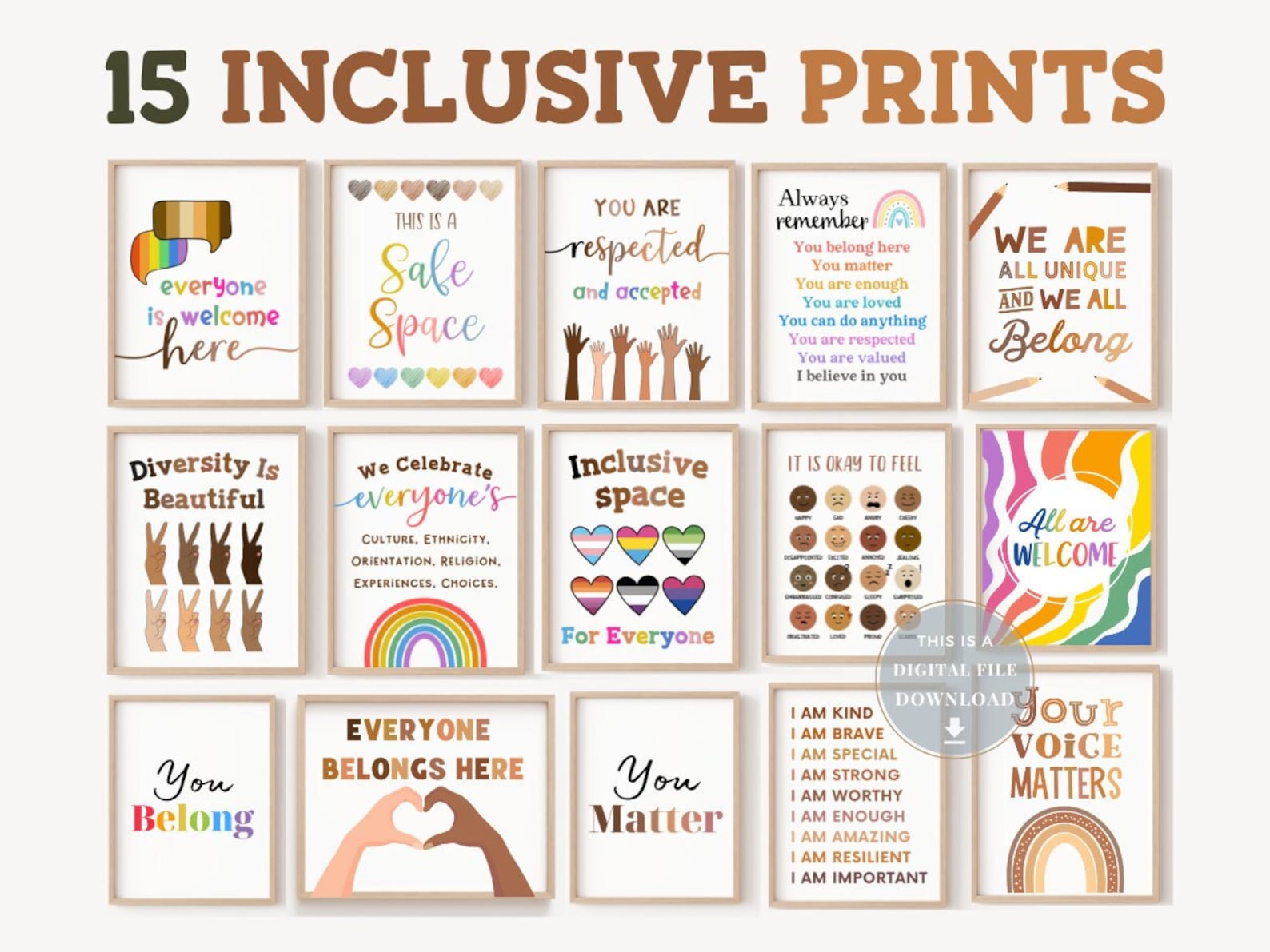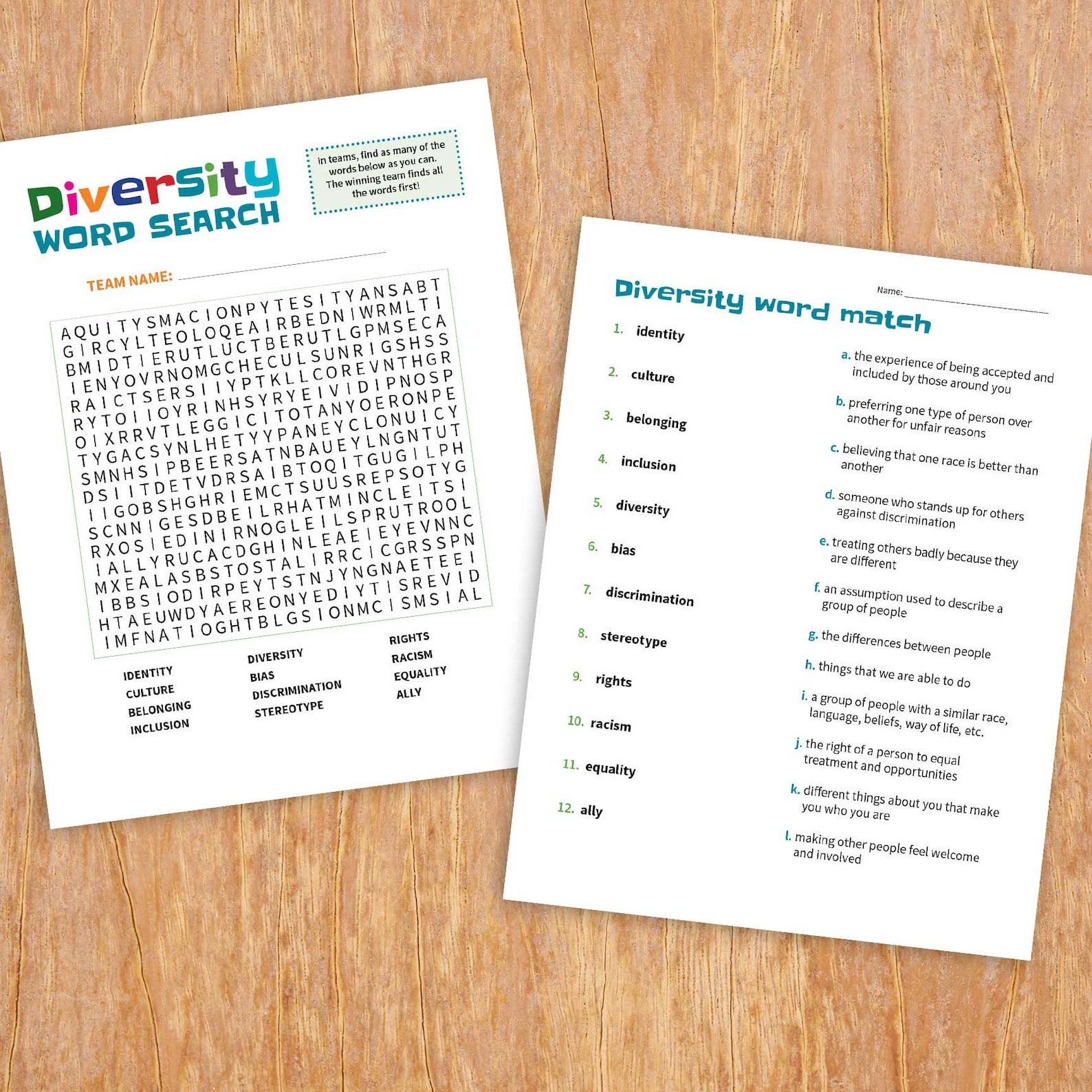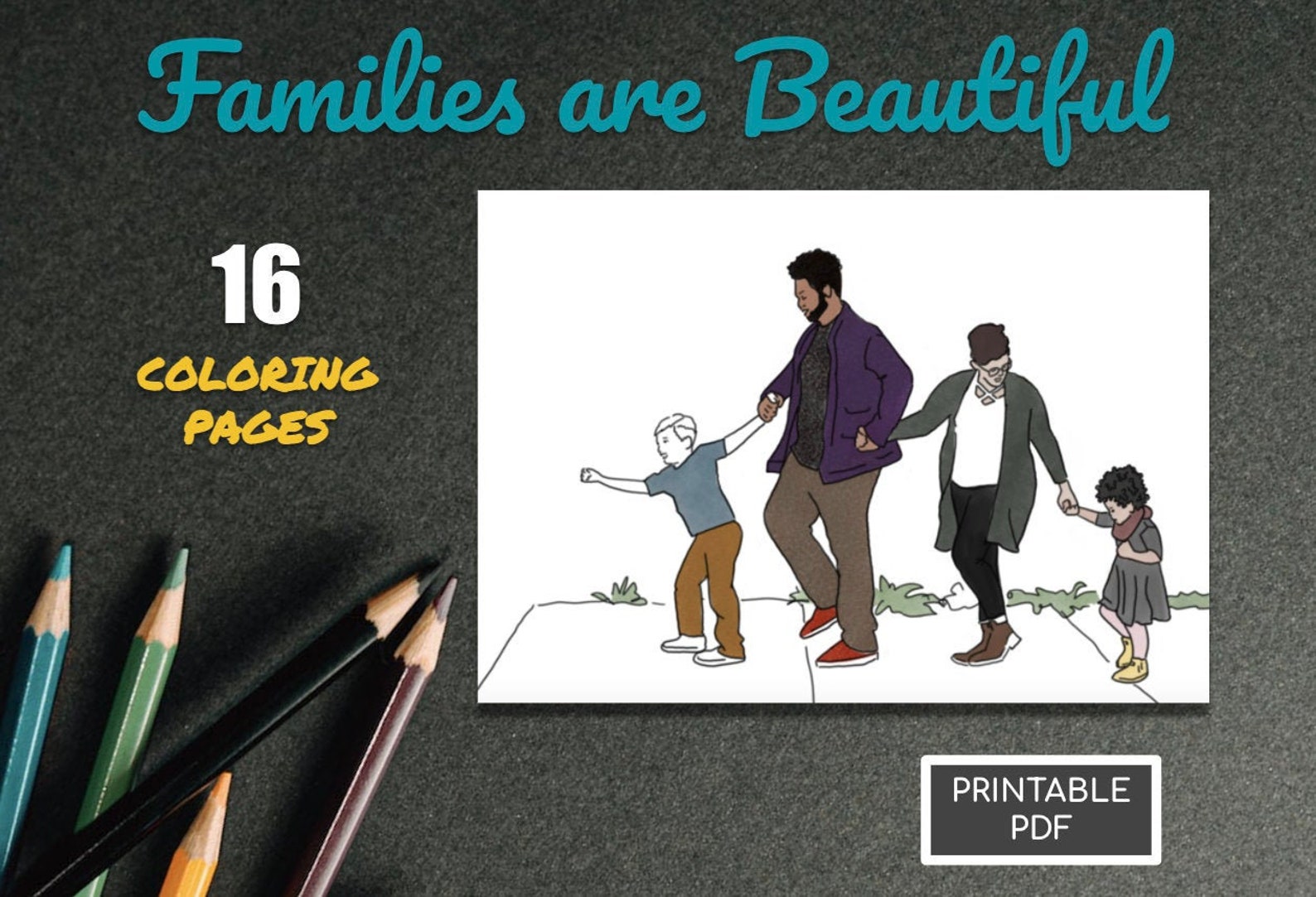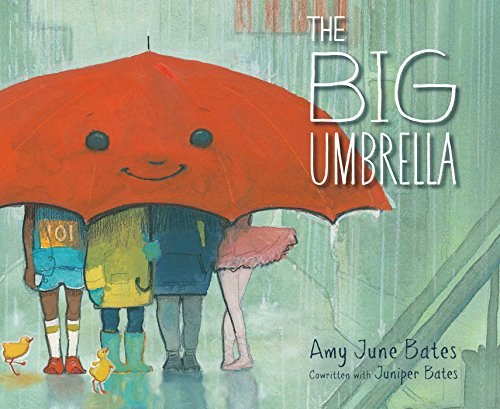Childrens Books about Race
Children’s Books about Race serve as windows into diverse experiences, allowing young readers to explore the complexities of the world around them and develop an appreciation for the richness of human diversity.
Introducing children to the topic of race through literature is a powerful and essential step toward fostering understanding, empathy and inclusivity from an early age.
In these pages, children can encounter characters from various racial backgrounds, learn about different cultures and gain insights into the challenges and triumphs faced by people of all races.
Be sure to check out even more age-appropriate Black History Month books about the African American experience.
You can find these children’s books about race for kids at your local library or through the links provided for your convenience.
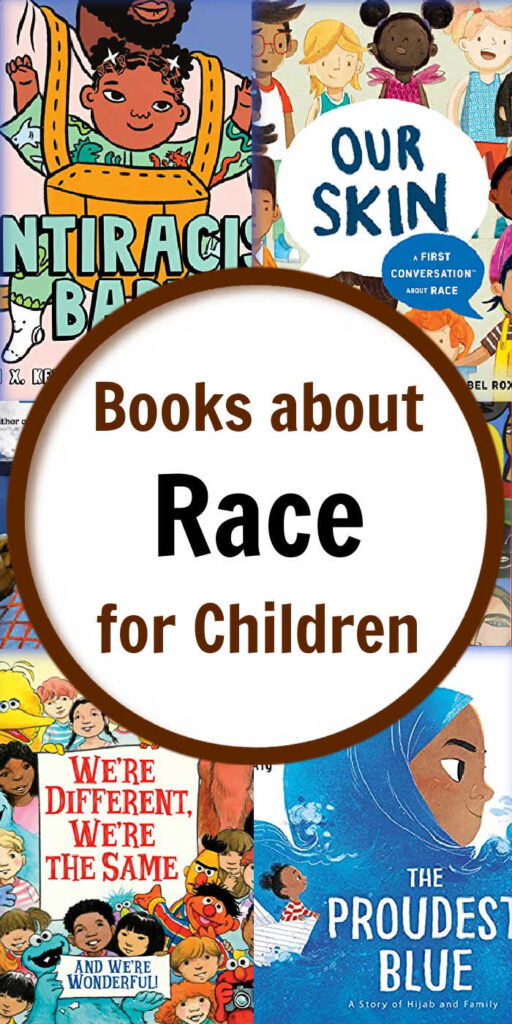
This post contains affiliate links.
These books encourage important conversations about race, identity and equality, empowering young minds to become more compassionate, open-minded, and socially aware individuals.
It’s never too early to start having conversations with children to teach them about race and diversity. It’s also an important step in helping children build their own cultural identify. One way to introduce these topics in a relatable and engaging way is through children’s books.
Use these books to teach young children about the importance of respecting and celebrating differences and help them understand the impact of race and ethnicity in our society.
Why Race and Culture Matter in Schools
Race and culture matter in schools for a number of important reasons!
Diversity and Inclusivity: Schools are often microcosms of society, and embracing diversity and inclusivity is essential. Students from different racial and cultural backgrounds bring unique perspectives, experiences and traditions to the learning environment. Recognizing and celebrating this diversity fosters a sense of belonging for all students.
Cultural Awareness and Sensitivity: Understanding various cultures and races helps students develop cultural awareness and sensitivity. This awareness is crucial for respecting and valuing differences, reducing stereotypes, and promoting positive intergroup relations.
Equity and Access: Race and culture can influence access to educational opportunities. Recognizing these factors allows educators to address disparities and ensure that all students have equitable access to resources and support, regardless of their racial or cultural background.
Inclusion sign for Classroom Diversity & Equity Diversity Vocab and Activities
Diversity Vocab and Activities 4 Equality Quote Coloring Pages
4 Equality Quote Coloring Pages 16 Coloring Pages – Families are Beautiful
16 Coloring Pages – Families are Beautiful
Cultural Relevance in Education: Incorporating students’ cultural backgrounds into the curriculum can enhance the educational experience. It makes learning more relevant and engaging, as students see themselves and their experiences reflected in what they study.
Global Citizenship: In an increasingly interconnected world, understanding different cultures and races is vital for preparing students to be global citizens. It helps them navigate diverse workplaces and engage with a wide range of people and perspectives.
Reducing Prejudice and Bias: Educating students about race and culture can help reduce prejudice and bias. It promotes empathy and critical thinking, challenging stereotypes and encouraging respectful interactions.
Identity Development: For students of all racial and cultural backgrounds, schools play a significant role in shaping their identities. A diverse and inclusive environment helps students explore and embrace their own cultural identities, fostering a positive sense of self.
Promoting Social Justice: Addressing race and culture in schools is essential for promoting social justice. It empowers students to become advocates for fairness and equality in their communities and beyond.
Raising Antiracist Children: A Practical Parenting Guide The Progressive Parent: Harnessing the Power of Science and Social Justice to Raise Awesome Kids
The Progressive Parent: Harnessing the Power of Science and Social Justice to Raise Awesome Kids The ABCs of Diversity: Helping Kids (and Ourselves!) Embrace Our Differences
The ABCs of Diversity: Helping Kids (and Ourselves!) Embrace Our Differences
Acknowledging and embracing race and culture in schools is essential for creating inclusive, equitable, and culturally relevant educational environments.

It prepares students to thrive in a diverse world, reduces prejudice, and contributes to a more just and harmonious society.
SEL for Kids Starts At Home
As a parent, teaching Social Emotional Learning (SEL) to young children is crucial for their overall development. It helps your child understand and manage their emotions, fostering mental well-being.
SEL cultivates empathy, which is the foundation for healthy relationships and effective communication. These skills are essential for both academic success and life beyond the classroom.
Rather than formally teaching social and emotional skills, these should be integrated into the day to day interactions and activities for your kids.
All Learning Is Social and Emotional: Helping Students Develop Essential Skills for the Classroom and BeyondTeaching with a Social, Emotional, and Cultural Lens: A Framework for Educators and Teacher EducatorsThe SEL Toolbox: Social-Emotional Learning Activities to Teach Kids to Generalize Learned Skills to Real-Life SituationsThe Social-Emotional Learning Toolbox: Practical Strategies to Support All Students
By teaching SEL at home, you as a parent can empower your children to navigate the complexities of human interactions, making them more resilient and socially competent individuals.
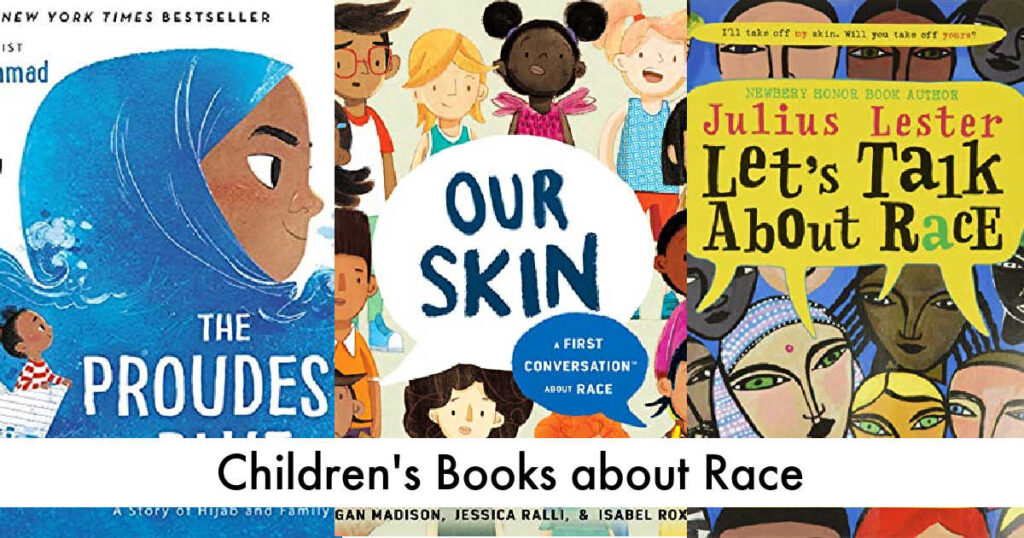
Childrens Books about Race for Kids
In this acclaimed book, the author of the Newbery Honor Book To Be a Slave shares his own story as he explores what makes each of us special. A strong choice for sharing at home or in the classroom.
Karen Barbour's dramatic, vibrant paintings speak to the heart of Lester's unique vision, truly a celebration of all of us.
Readers will follow a group of children through a day in their school, where everyone is welcomed with open arms.
A school where students from all backgrounds learn from and celebrate each other's traditions. A school that shows the world as we will make it to be.
National Parenting Product Award Winner *ALA's Office of Intellectual Freedom's Top 10 Most Challenged Books * A Little Free Library Action Book Club Selection
Something Happened in Our Town follows two families — one White, one Black — as they discuss a police shooting of a Black man in their community.
The story aims to answer children's questions about such traumatic events, and to help children identify and counter racial injustice in their own lives.
A powerful, vibrantly illustrated story about the first day of school -- and two sisters on one's first day of hijab -- by Olympic medalist and social justice activist Ibtihaj Muhammad.
2018 School Library Journal's Best Books
Featuring brand-new activity pages and additional learning material, the paperback edition of Not My Idea: A Book About Whiteness is a picture book about racism and racial justice, inviting white children and parents to become curious about racism, accept that it's real, and cultivate justice.
Who better than Elmo and his Sesame Street friends to teach us that though we may all look different on the outside—deep down, we are all very much alike?
This enduring, colorful, and charmingly illustrated book offers an easy, enjoyable way to learn about differences—and what truly matters.
In That Flag, Tameka Fryer Brown and Nikkolas Smith graciously tackle the issues of racism, the value of friendship, and the importance of understanding history so that we move forward together in a thought-provoking, stirring, yet ultimately tender tale.
A perfect conversation starter for the older and younger generations alike, this book includes back matter on the history of the Confederate flag and notes from the creators.
By the door there is an umbrella. It is big. It is so big that when it starts to rain there is room for everyone underneath. It doesn’t matter if you are tall. Or plaid. Or hairy. It doesn’t matter how many legs you have.
Don’t worry that there won’t be enough room under the umbrella. Because there will always be room.
Developed by experts in the fields of early childhood and activism against injustice, this topic-driven picture book offers clear, concrete language and beautiful imagery that young children can grasp and adults can leverage for further discussion.
Monster is excited to see what kind of creature will move into Vampire’s old house on the block. He even starts practicing his welcome growl for the new neighbor.
But when the moving truck pulls up, it’s not a greedy goblin, an ogre, or a dastardly dragon that steps out. Instead, it’s something even more terrifying than Monster could have imagined!
Join Monster as he confronts his fears in this charming and lighthearted look at what it means to accept others who are different from us.
From the National Book Award-winning author of Stamped from the Beginning and How to Be an Antiracist comes a new full-sized picture book that empowers parents and children to uproot racism in our society and in ourselves, now with added discussion prompts to help readers recognize and reflect on bias in their daily lives.
Jane Addams Children’s Book Award Winner * A Pura Belpré Illustrator Honor Book * A Robert F. Sibert Honor Book
When her family moved to the town of Westminster, California, young Sylvia Mendez was excited about enrolling in her neighborhood school. But she and her brothers were turned away and told they had to attend the Mexican school instead.
Sylvia could not understand why — she was an American citizen who spoke perfect English. Why were the children of Mexican families forced to attend a separate school?
Kids recognize differences from a very early age. Follow along as kids are introduced to many multicultural differences, highlighting why they make us unique. Through creative rhymes and colorful illustrations, children will delight in finding ways to honor how being human brings us together.
In this colorful and touching story that celebrates what makes each of us unique, a little creature that's not quite a bird and not quite a bunny -- it's "neither" -- searches for a place to fit in.
This colorful, simple, and touching story promotes diversity and offers a valuable lesson to the youngest of audiences: it is our differences that unite us.
The reds, the yellows, and the blues all think they're the best in this vibrant, thought-provoking picture book from Arree Chung, with a message of acceptance and unity.
A Yellow, a Blue, and a never-before-seen color might just save the day in this inspiring book about color, tolerance, and embracing differences.
'We all Belong' is a beautifully written and illustrated children's picture book that recognizes and celebrates the diversity in a caring group of children.
The book includes an activity at the end, to help children appreciate how we are all similar in some ways and different in other ways too.
Inspired by real events, I Walk with Vanessa explores the feelings of helplessness and anger that arise in the wake of seeing a classmate treated badly, and shows how a single act of kindness can lead to an entire community joining in to help.
By choosing only pictures to tell their story, the creators underscore the idea that someone can be an ally without having to say a word.
As children all over the world get ready for bed, the moon watches over them. The moon knows that when we sleep, we dream. And when we dream, we imagine what is possible and what the world can be.
With dynamic, imaginative art and poetic prose, Goodnight Racism delivers important messages about antiracism, justice, and equality in an easy-to-read format that empowers readers both big and small.
Clover's mom says it isn't safe to cross the fence that segregates their African-American side of town from the white side where Anna lives. But the two girls strike up a friendship, and get around the grown-ups' rules by sitting on top of the fence together.


